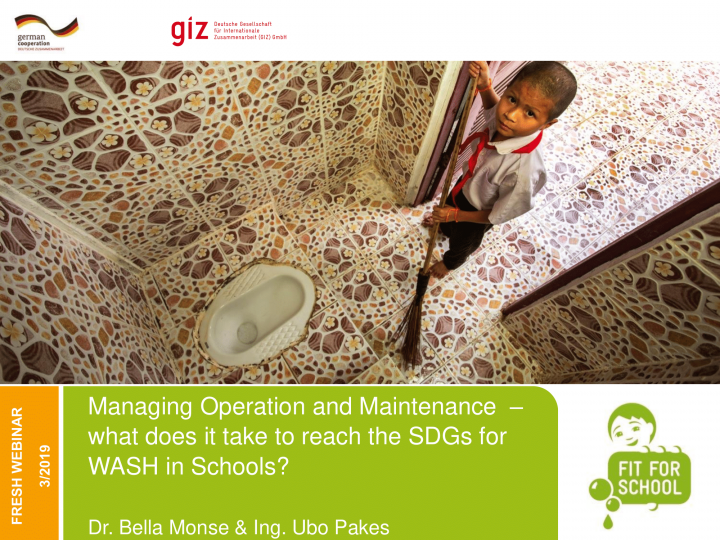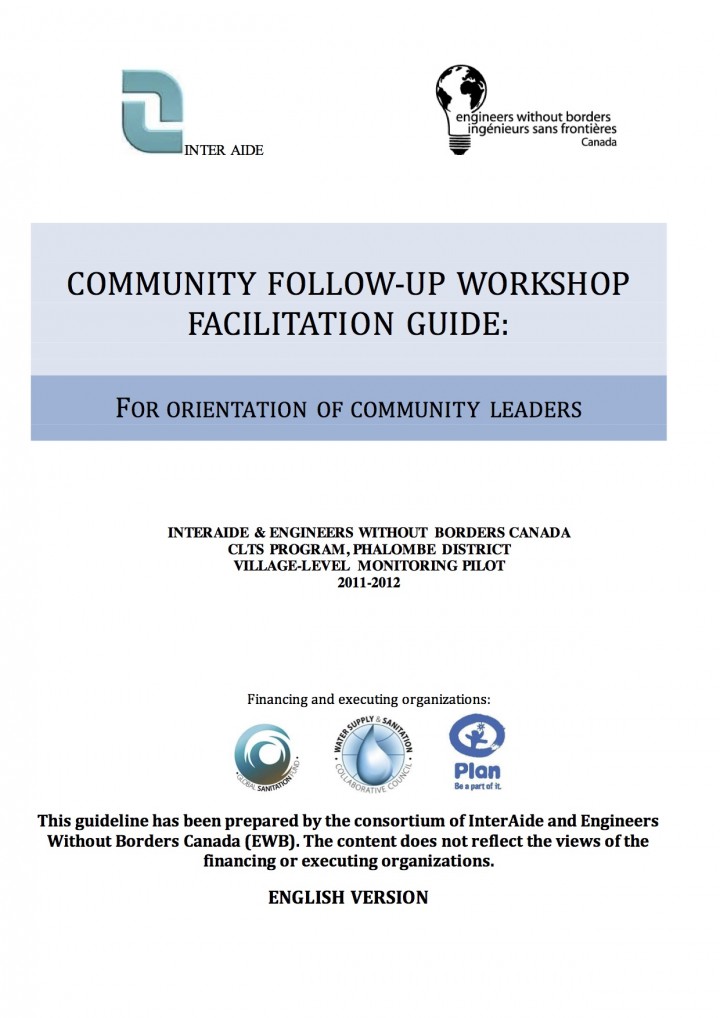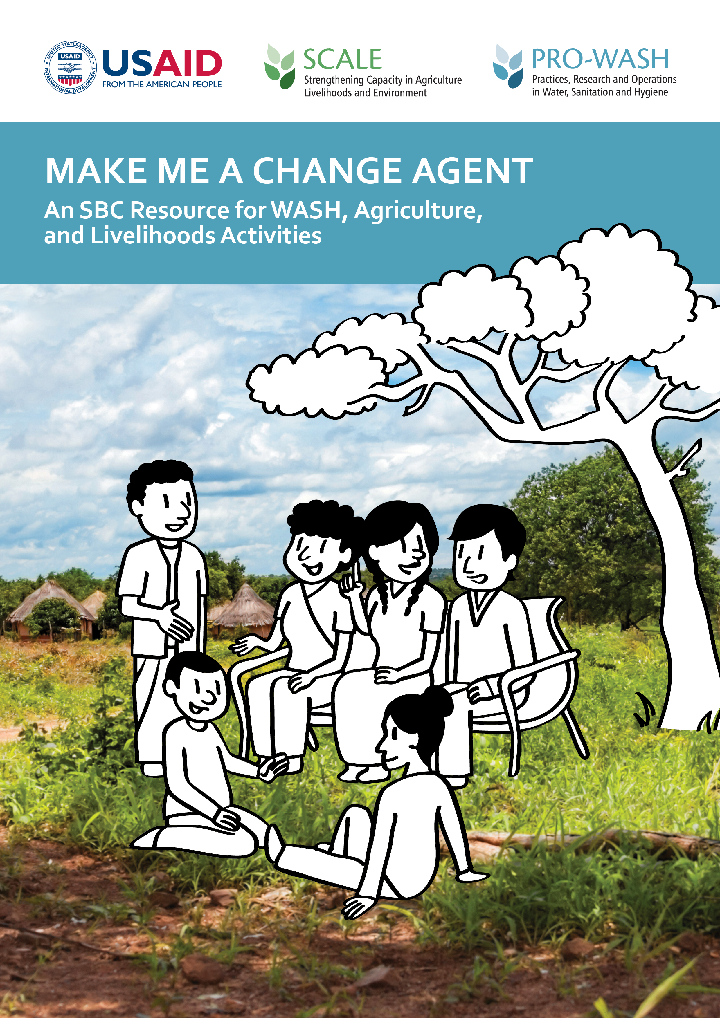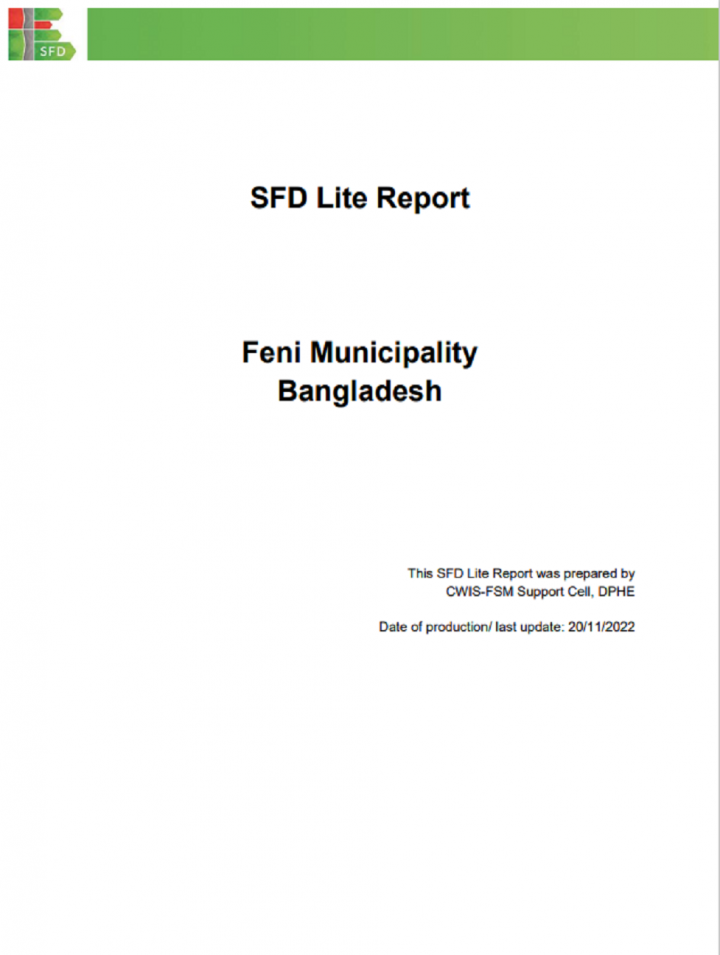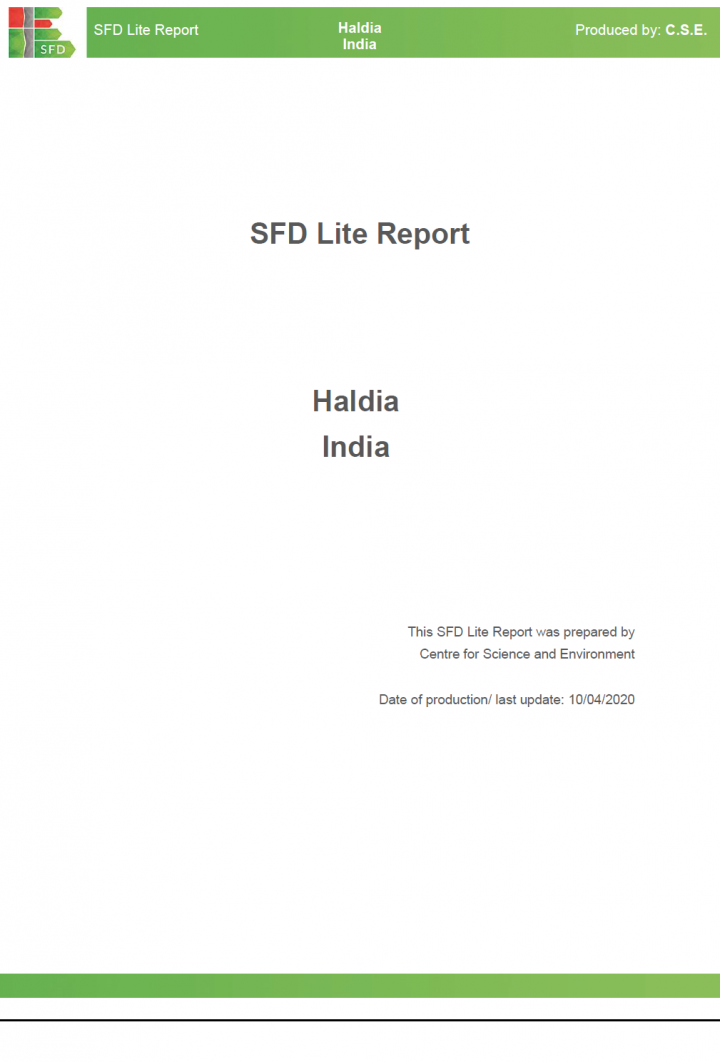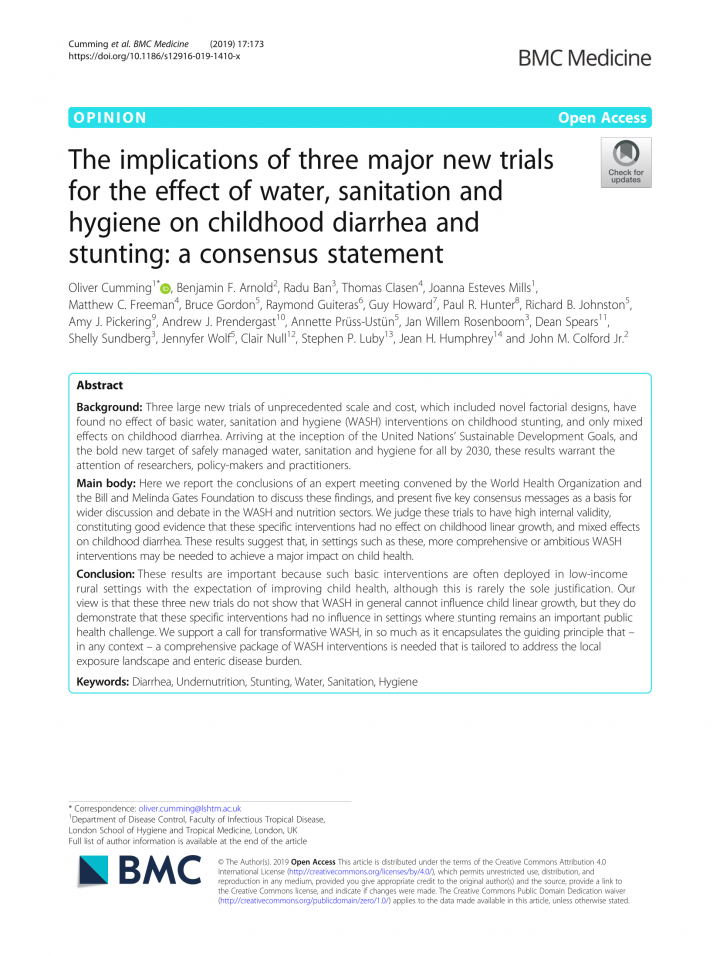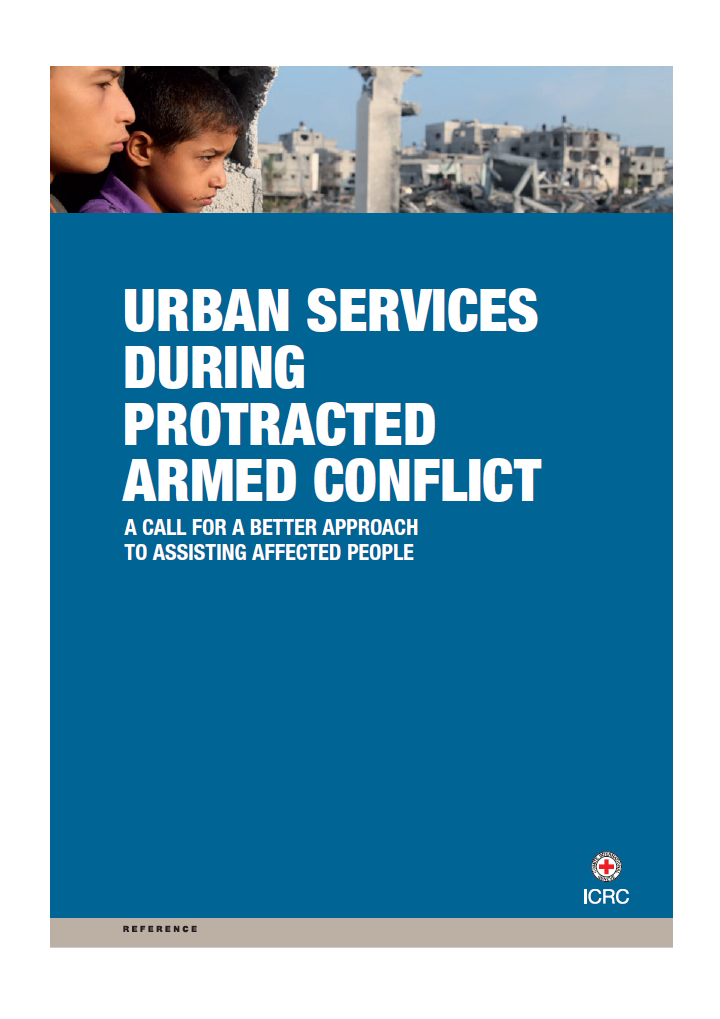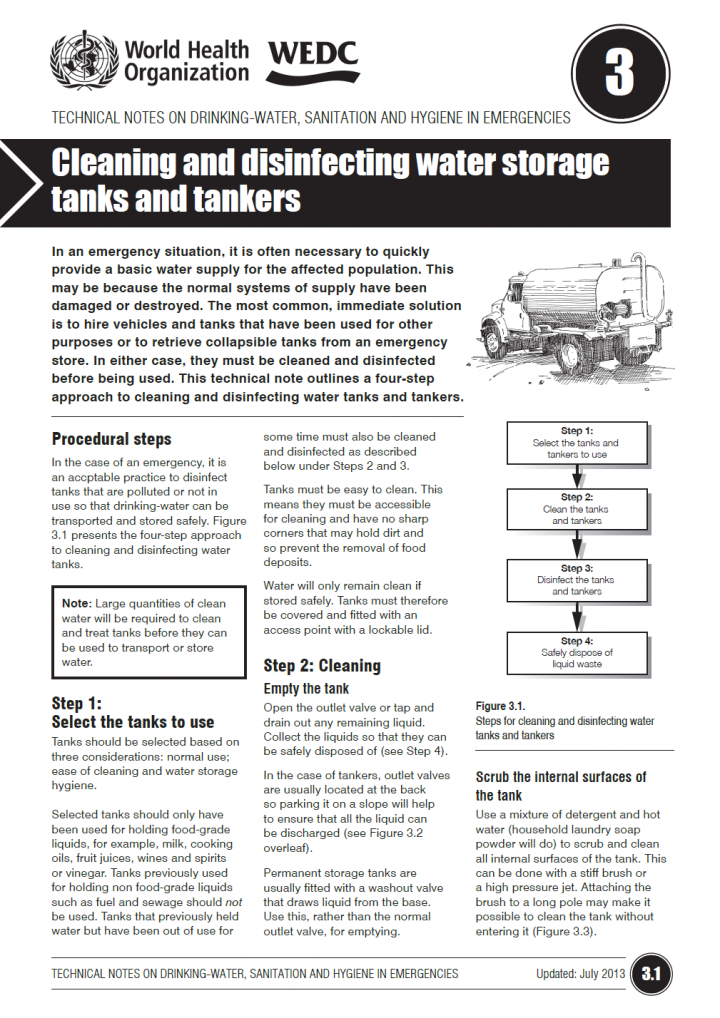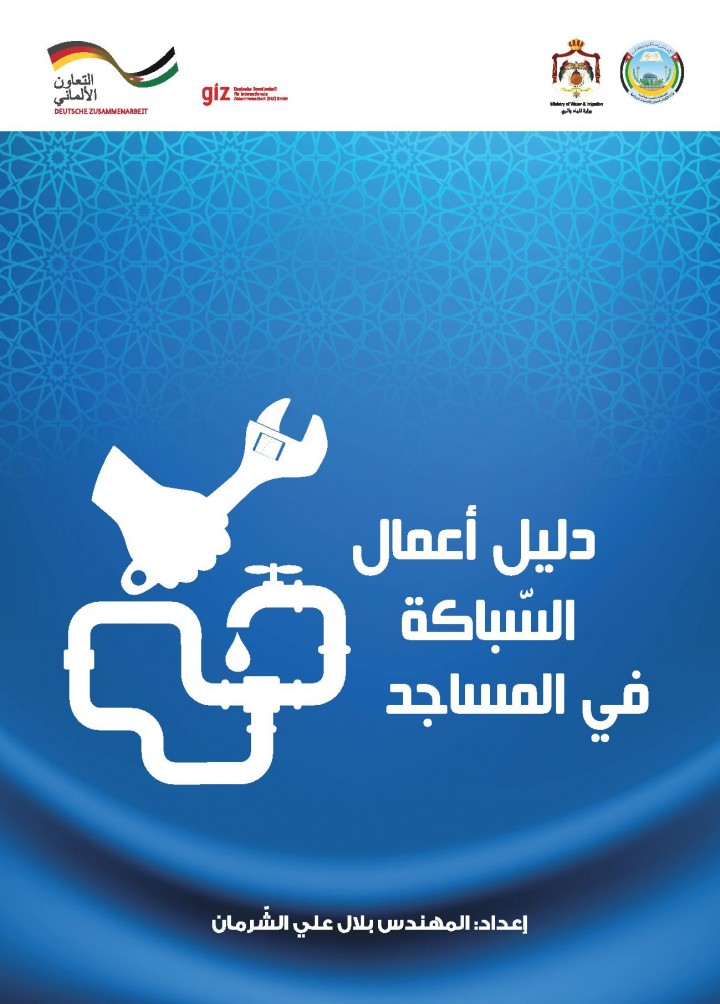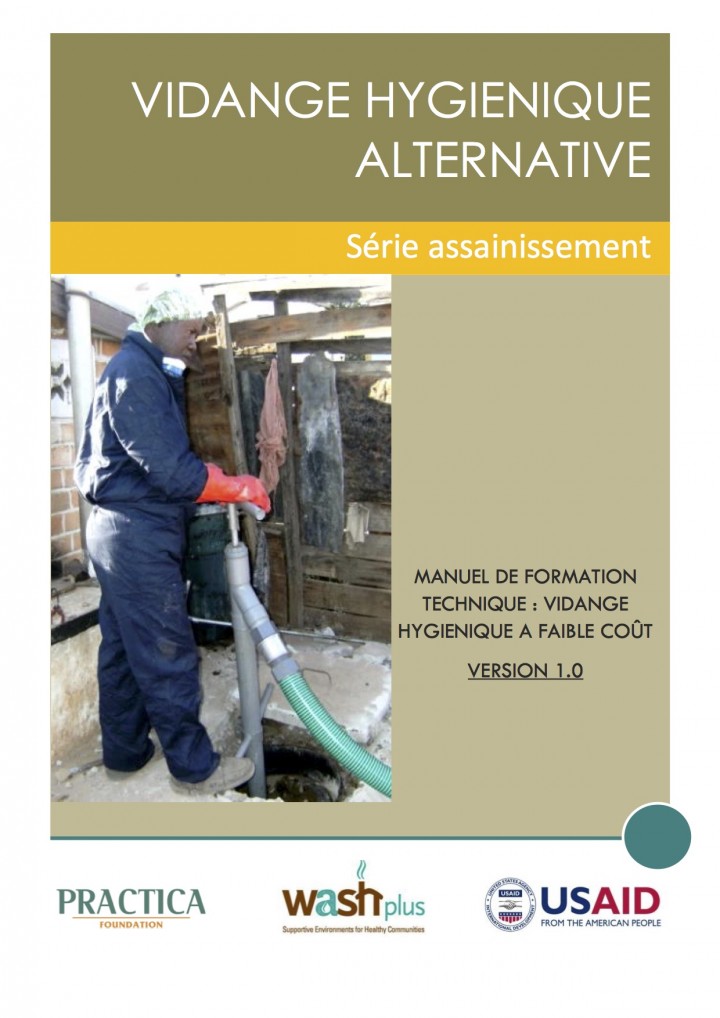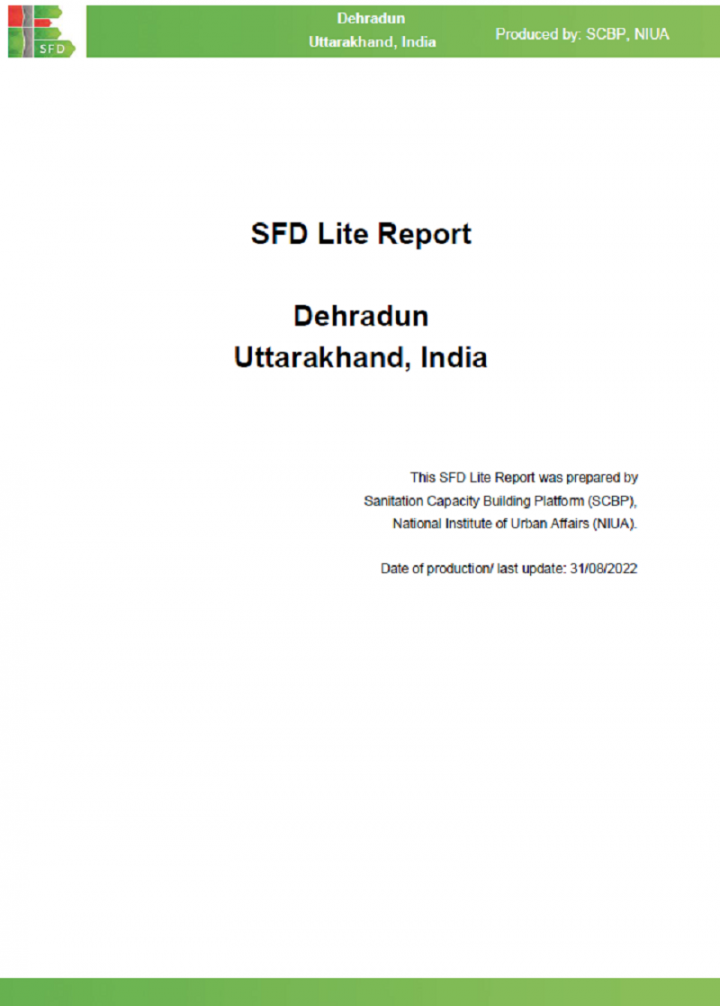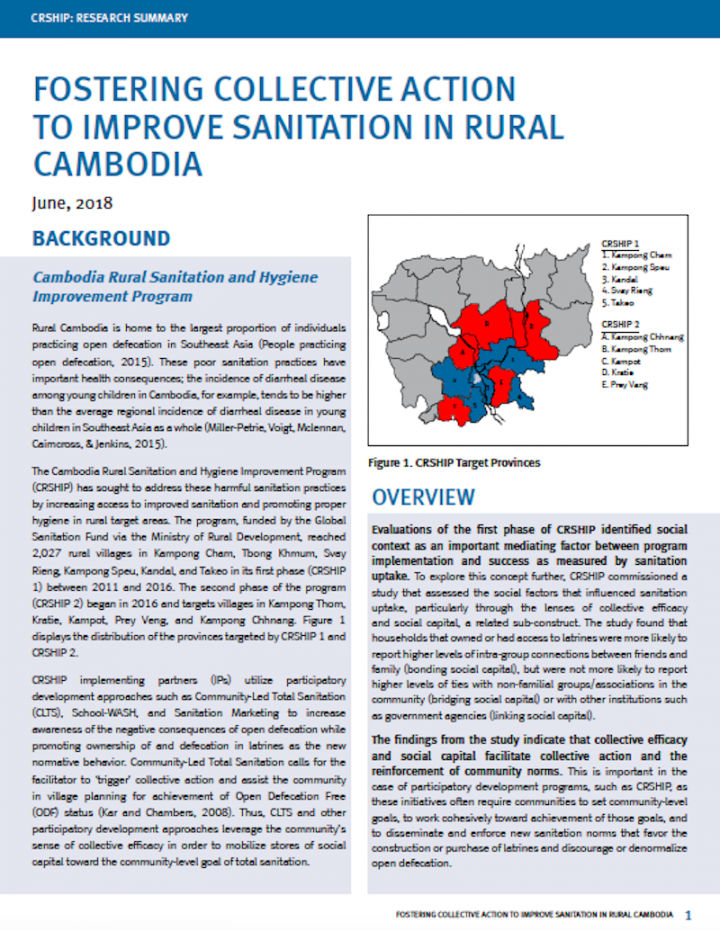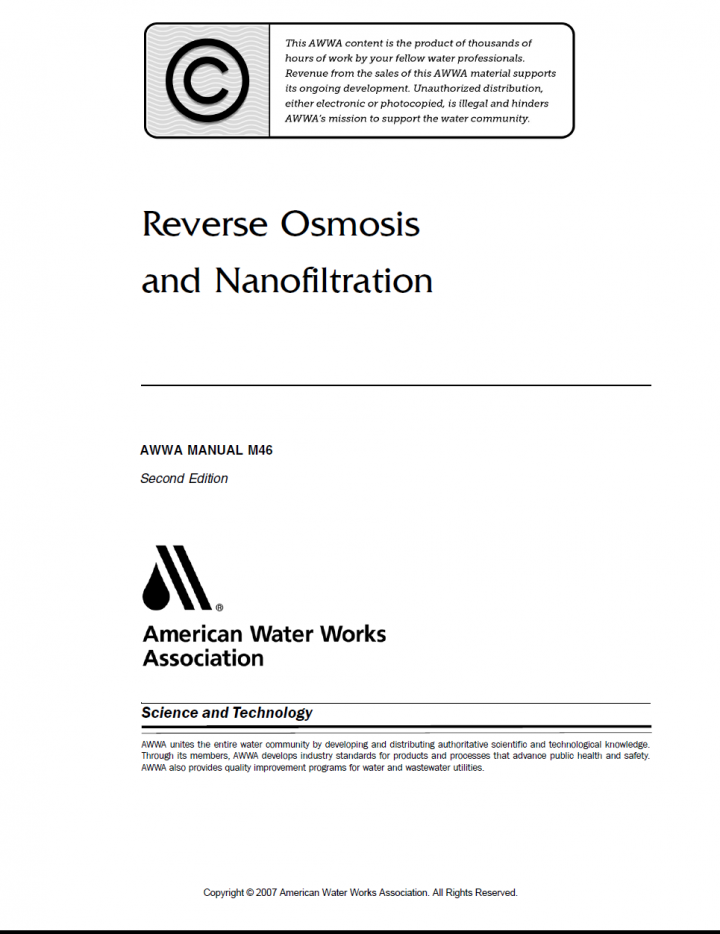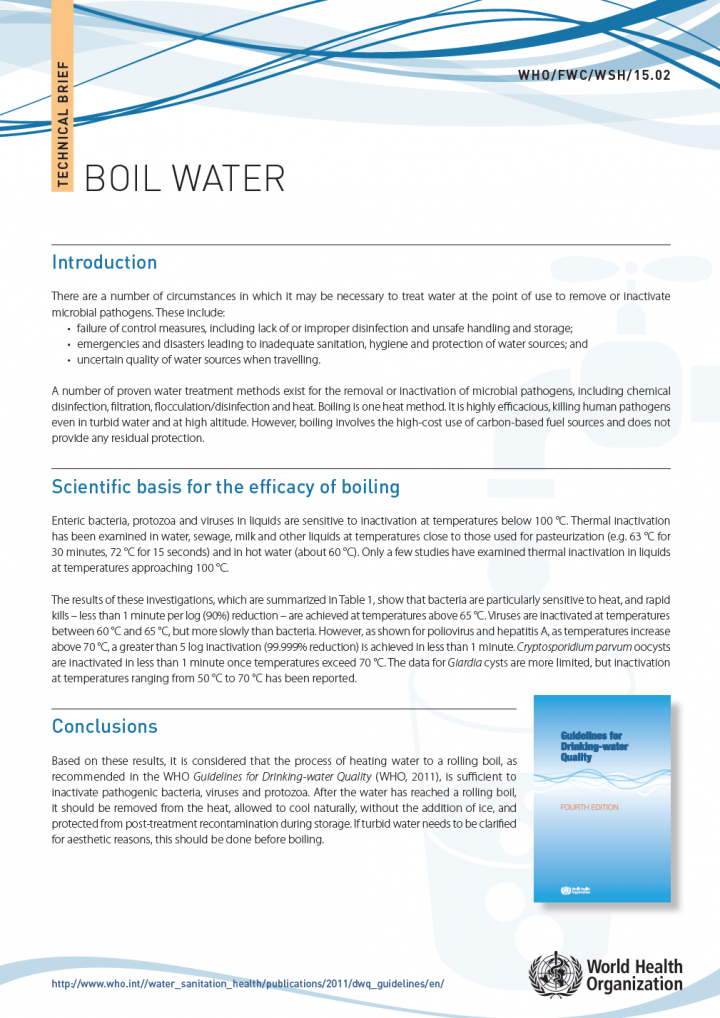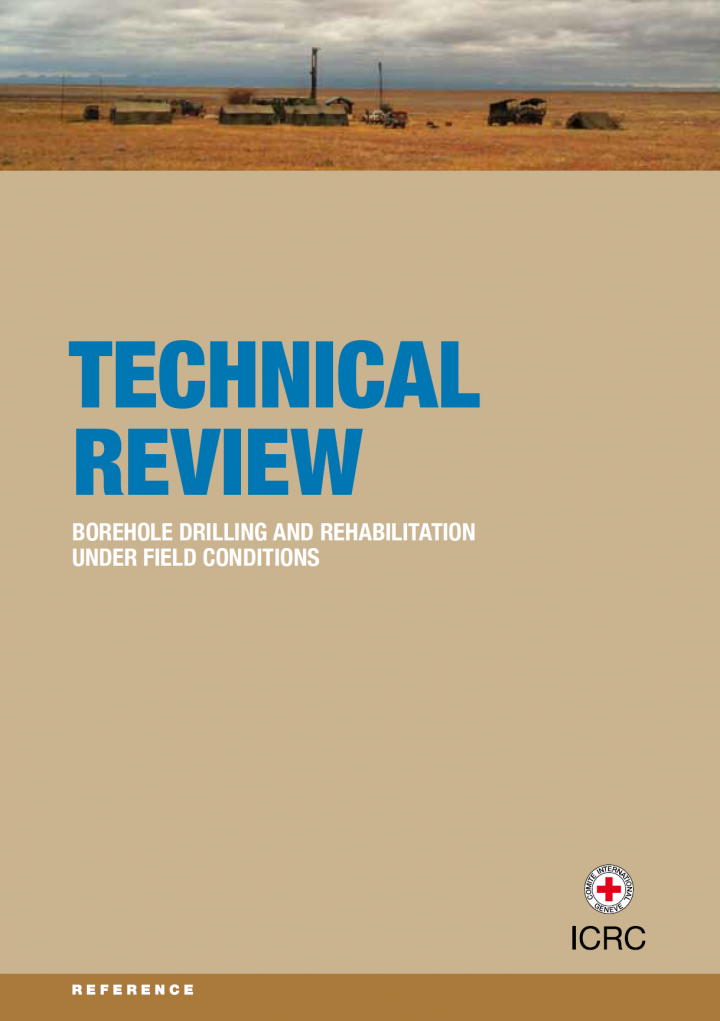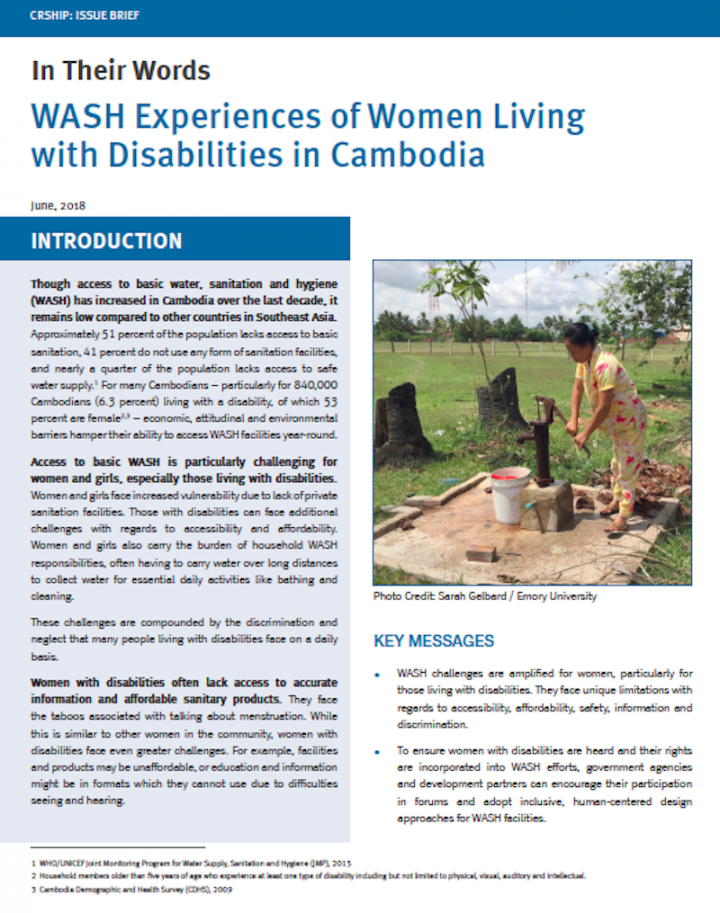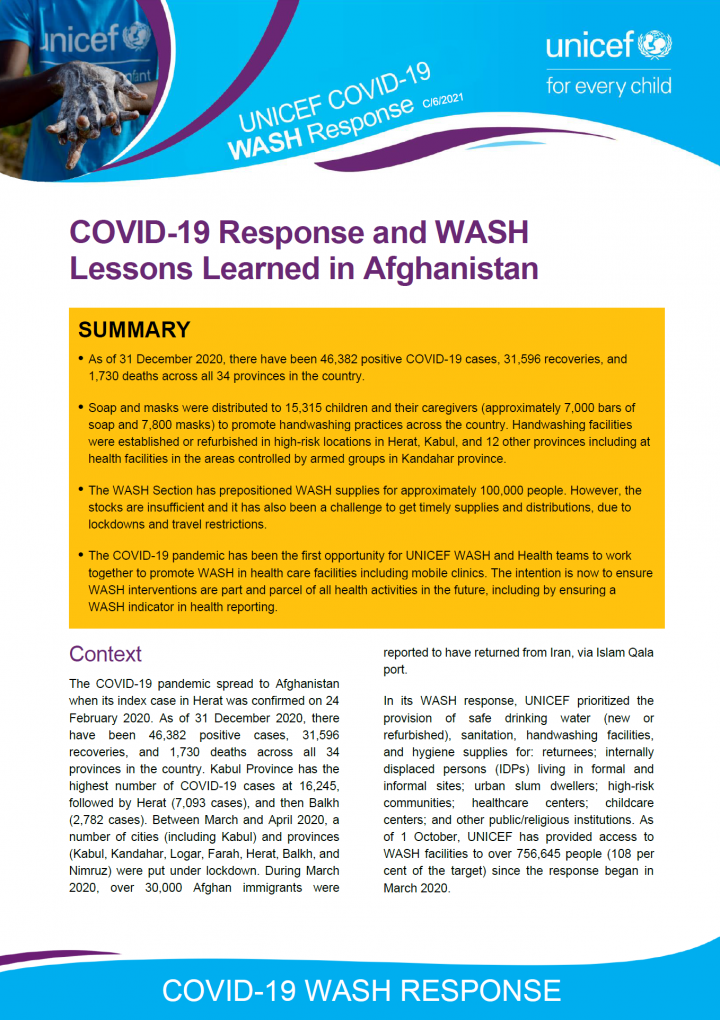Searching for information on Sanitation Workers?
The Sanitation Workers Knowledge + Learning Hub is the best source for all current news, trends, articles and updates on sanitation workers rights around the world.
This FRESH webinar will Introduce a costing tool to calculate the budget need for schools to provide the basic service level for drinking water, usable sanitation, and handwashing with soap. The tool provides school heads with an easy to manage app, which calculates the annual cost per student depending on local condition and local prices.
How much do they need to keep aside for consumables, …
This manual is meant to act as a guide for facilitators during the implementation of Community Follow-up Workshops as part of a Community-Led Total Sanitation (CLTS) program. Information provided is based on workshops piloted in Phalombe District during the GSF Program from 2011- 2012 by Engineers Without Borders Canada (EWB) and InterAide.
The pilot was a village-level monitoring strategy …
This ten year sanitation strategy for rural areas in India, prepared by the Department of Drinking Water and Sanitation (DDWS), Ministry of Jal Shakti, Government of India, in consultation with State Governments and other stakeholders, lays down the framework for achieving this long term vision. The strategy is intended to guide, local governments, policy makers, implementers and all relevant …
This report (french version) is a joint WaSH-survey carried out in the subsaharan cameroonian capital Yaoundé in dry season 2012 within the framework of German bilateral cooperation with Cameroon. The report is authored by the National Institute of Statistics (NIS/INS) Yaoundé and the Federal Institute for Geosciences and Natural Resources (BGR) Hannover with participation of the IHPH …
Make Me a Change Agent: An SBC Resource for WASH, Agriculture, and Livelihoods Activities is an adapted version of the Make Me a Change Agent: A Multisectoral SBC Resource for Community Workers and Field Staff guide (produced in 2015 under The TOPS Program) and was co-created by the USAID Office of Food for Peace (FFP)-funded SCALE and PRO-WASH awards.
This adapted Make Me a Change Agent …
Feni is a fast-growing city located along the Dhaka-Chittagong highway and 161 km South of Dhaka. It is besides the Selonia River and it is well connected with road, water, and railways. It is one of the oldest towns in the sub-continent and was declared a Municipality in 1958. Feni is one of the 53 district level Municipality in the country.
According to the population census in 2011 by the …
Haldia is a city and municipality in Purba Medinipur district in the Indian State of West Bengal. The Haldia Township is bordered by Haldi River an off shoot of the Ganges River. Haldia is located at 22.03˚N 88.06˚E. The temperature ranges between 24˚C to 39˚C, during summer and 7˚C to 22˚C in winter. The city gets an average rainfall of 1440mm annually and monsoon months are between May to …
Background:
Three large new trials of unprecedented scale and cost, which included novel factorial designs, have found no effect of basic water, sanitation and hygiene (WASH) interventions on childhood stunting, and only mixed effects on childhood diarrhea. Arriving at the inception of the United Nations’ Sustainable Development Goals, and the bold new target of safely managed water, …
Access to water and sanitation in spheres of life beyond the household, particularly in public spaces, is an essential element of the human rights to water and sanitation. However, service provision and monitoring are often neglected in such places. As a result, potential violations of human rights occur frequently and disproportionately impact persons that live in vulnerable situations, such as …
The relief-rehabilitation-development paradigm is counterproductive in contexts of protracted armed conflict in urban areas. Experience of disaster relief and rural armed conflict has shown that it constricts planning by limiting interventions to those that are “relief” or “post-war” in nature and that may be seen as the first steps in bridging an artificial gap between conflict and …
In an emergency situation, it is often necessary to quickly provide a basic water supply for the affected population. This may be because the normal systems of supply have been damaged or destroyed. The most common, immediate solution is to hire vehicles and tanks that have been used for other purposes or to retrieve collapsible tanks from an emergency store. In either case, they must be cleaned …
Over the last five years, the government of Punjab province has taken steps to develop an enabling environment for sustainable and at-scale WASH services. This Field Note outlines the sector policy and strategies, institutional arrangements and sector coordination mechanisms implemented. The arrangements for sector monitoring as well as budgeting, financing and capacity development are presented. …
La vidange hygiénique alternative des fosses de latrines représente une nécessité primordiale dans un contexte où l’assainissement dans les pays en voie de développement repose toujours plus sur les systèmes autonomes qui écessitent tous des opérations de vidange à un moment donné. Le terme « vidange hygiénique alternative » intègre deux concepts qui constituent de véritables …
Dehradun Nagar Nigam area1 is 100 km2. and has 100 wards with a population of 804,3792 (as of 2018). There are 167,577 households (HHs) (after municipal boundary expansion in 2018) within municipal boundary; this suggests the average household size in the city to be 5.
The output of the SFD graphic represents that 46% of the human excreta flow is attributed to be safely managed and the …
Natore municipality under Natore district is one of the influential urban areas in northern Bangladesh and connecting hub of central and southwest parts of the country. The city is 207 km away from the capital Dhaka city. Natore is considered as the gateway for connecting divisional headquarters Rajshahi to Capital City Dhaka as well as Rangpur Division and Khulna Division. and well connected …
The publication voices the importance of social context and collective action as a mediating factor between programme implementation and its success. CRSHIP assesses the social factors that influenced sanitation uptake, indicating the efficiency of communities participating together with local community leaders or NGOs to work cohesively in achieving their S&H goals.
This publication provides a general introduction to the reverse osmosis (RO) and nanofiltration (NF) membrane treatment processes. The subjects addressed in this chapter should serve as the basic foundation for a broader understanding of RO and NF processes as applied to potable water, industrial process water, tertiary wastewater, and reclaimed water treatment, and include a general overview of …
Poor WASH conditions are thought to be one of the main causes of child stunting. The household environment in which children develop and grow is highly related to their nutritional status. Direct and indirect pathways exist between WASH and stunting, from diarrheal diseases and Environmental Enteric Dysfunction (EED), to socio-economic conditions and time constraints to child care practices. The …
There are a number of circumstances in which it may be necessary to treat water at the point of use to remove or inactivate microbial pathogens. These include:
• failure of control measures, including lack of or improper disinfection and unsafe handling and storage;
• emergencies and disasters leading to inadequate sanitation, hygiene and protection of water sources;
• uncertain …
Boreholes are one of the best means of obtaining clean water in field conditions. However, constructing, or repairing, boreholes requires specialized knowledge and technical expertise, much of which can be gained from the standard literature; but field operations in remote areas or in difficult conditions often require flexibility and imagination in avoiding and solving technical problems. This …
There is limited documented information about the WASH experiences of women with disabilities in Cambodia. It is critical to listen to their voices in order to better shape programs and policies, and begin challenging discriminatory attitudes. Greater participation is the first step to ensuring that women with disabilities can access the facilities, services, and products to manage their WASH …
This guidance note provides an overview of key protection, gender and inclusion (PGI) issues and practicalities to consider when assessing, designing, implementing and monitoring both long-term and humanitarian WASH programmes. It supports the practical application of the IFRC Minimum Standards for Protection, Gender and Inclusion in Emergencies by providing guidance to promote people’s …
UNICEF’s water, sanitation and hygiene (WASH) country teams work inclusively with governments, civil society partners and donors, to improve WASH services for children and adolescents, and the families and caregivers who support them. UNICEF works in over 100 countries worldwide to improve water and sanitation services, as well as basic hygiene practices. This publication is part of the UNICEF …
The Global WASH Cluster Annual Report for 2018 summarizes the most salient results achieved over the year, the key challenges faced in implementing the Global WASH Cluster (GWC) Strategic Plan and recommends activities to overcome the challenges. The 2018 Annual Report follows the model established in the 2017 Annual Report. The priority activities are identified and listed in line with the new …

